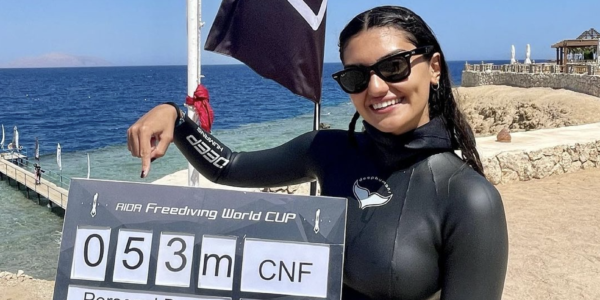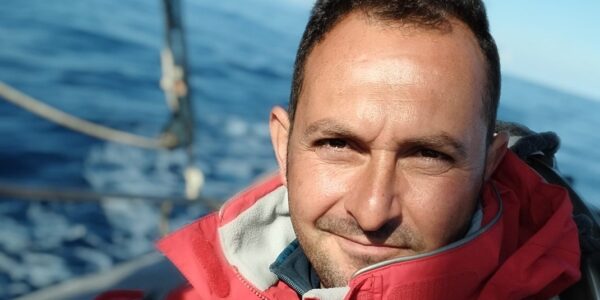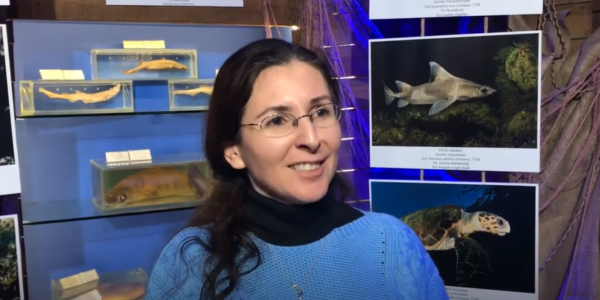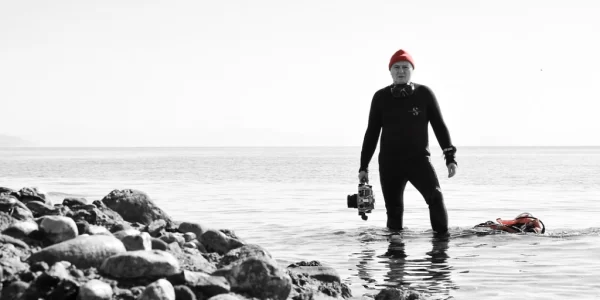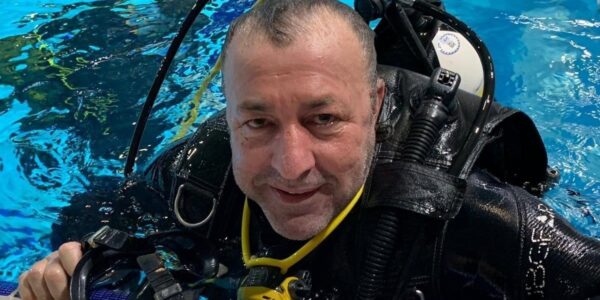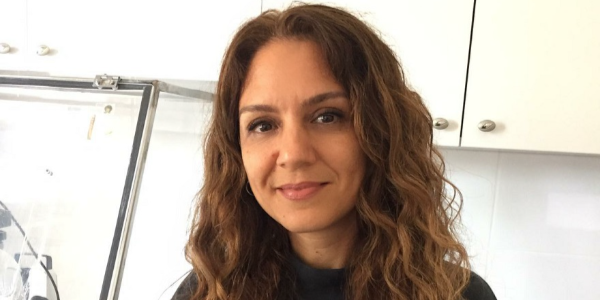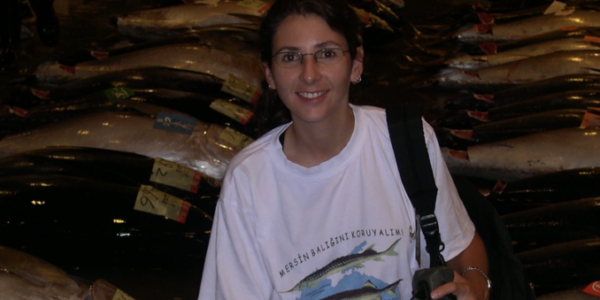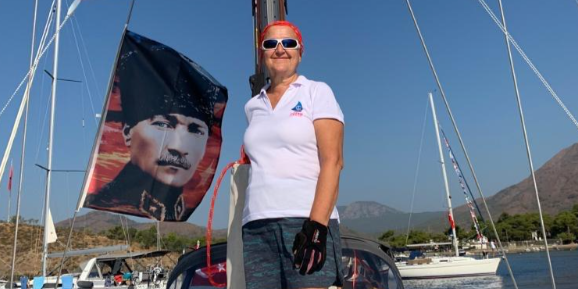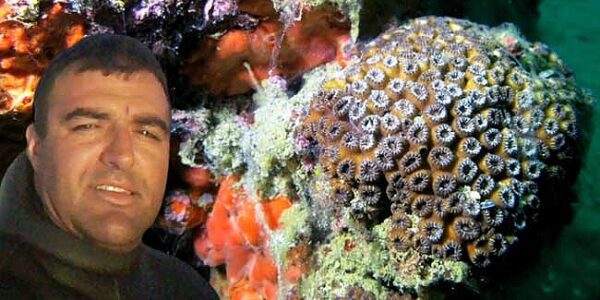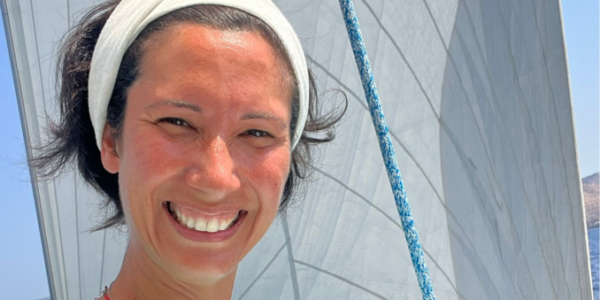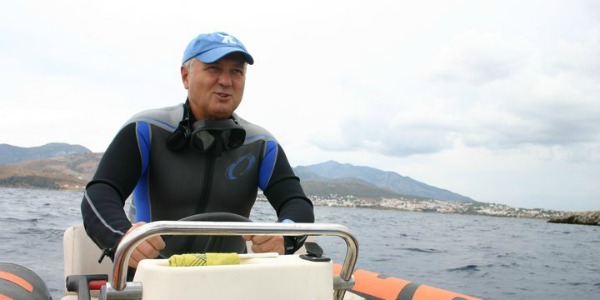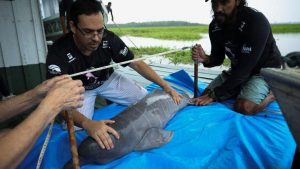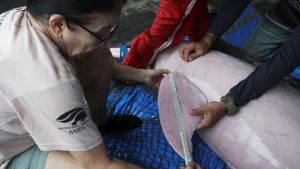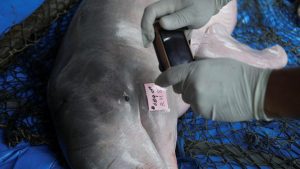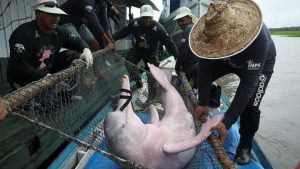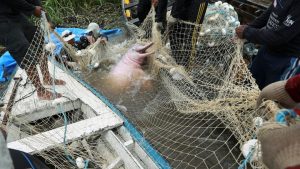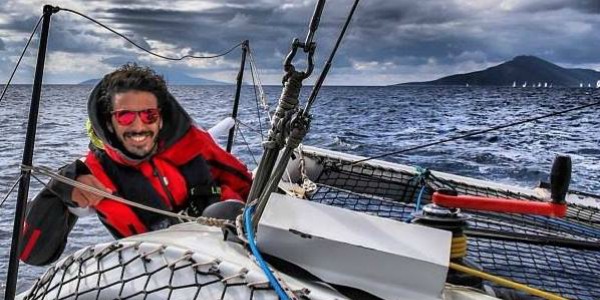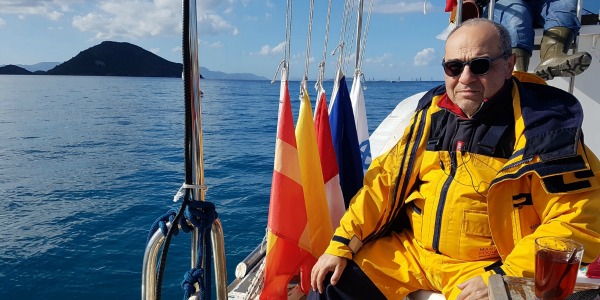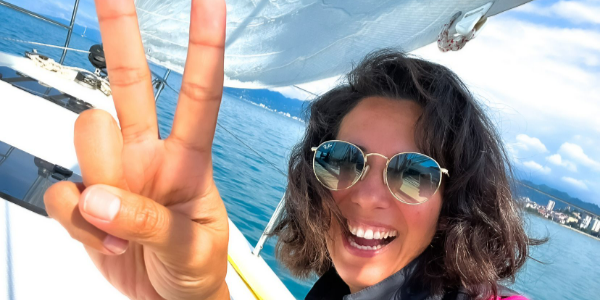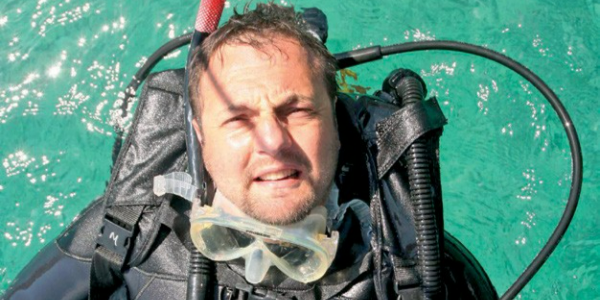Veterinarian Rodrigo de Souza Amaral and biologist Diogo Alexandre de Souza from Amazonian aquatic mammals project, measure a baby of Amazon River Dolphin also known as Pink Dolphin at the Mamiraua reserve in Uarini, Amazonas state, Brazil January 20, 2020. The Amazon river dolphin is an intelligent and friendly mammal that appears to grin and flush like a human blushing when it gets excited. REUTERS/Bruno Kelly
Brazilian researcher, Vera M.F. Da Silva from INPA (National Institute of Amazonian Research), measures an Amazon River Dolphin also known as Pink Dolphin at the Mamiraua reserve in Uarini, Amazonas state, Brazil January 20, 2020. But some are concerned about the world’s largest freshwater dolphin coming under threat again in Brazil, where fishermen hunt and kill it illegally to make bait for a catfish called piracatinga. REUTERS/Bruno Kelly
Scholarship student Cristiana Vasconcelos from Amazonian aquatic mammals project takes notes as they examine an Amazon River Dolphin or Pink Dolphin at the Mamiraua reserve in Uarini, Amazonas state, Brazil January 20, 2020. A legal moratorium on fishing the piracatinga ended last month, prompting calls for its renewal from environmentalists and researchers such as biologist Vera da Silva, who has worked to preserve the so-called pink river dolphins for 25 years. REUTERS/Bruno Kelly
An assistant from Amazonian aquatic mammals project takes a picture of an Amazon River Dolphin also known as Pink Dolphin at the Mamiraua reserve in Uarini, Amazonas state, Brazil January 20, 2020. REUTERS/Bruno Kelly
Assistants from Amazonian aquatic mammals project capture an Amazon River Dolphin also known as Pink Dolphin at the Mamiraua reserve in Uarini, Amazonas state, Brazil January 20, 2020. REUTERS/Bruno Kelly
Assistants from Amazonian aquatic mammals project capture an Amazon River Dolphin also known as Pink Dolphin at the Mamiraua reserve in Uarini, Amazonas state, Brazil January 20, 2020. REUTERS/Bruno Kelly
Source: https://en.tempo.co/
